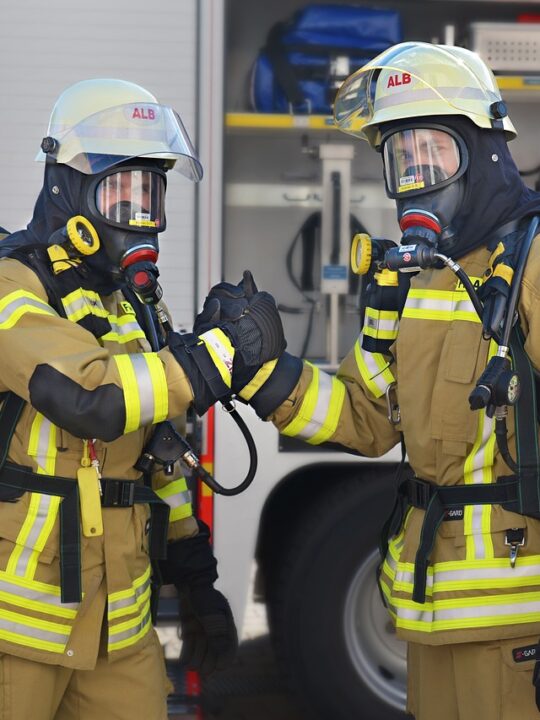 Yasith Weerasuriya isn’t exactly an ivory tower academic. As president of Stanbridge University, a 150-year-old institution based in Irvine, Calif., he oversees programs training students for roles as occupational therapists, physical therapists, nurses, and veterinarians. He’s also the chief executive officer of the hospital-based Los Angeles campus, where classes are taught in the patient rooms of the facility’s recently renovated surgery unit.
Yasith Weerasuriya isn’t exactly an ivory tower academic. As president of Stanbridge University, a 150-year-old institution based in Irvine, Calif., he oversees programs training students for roles as occupational therapists, physical therapists, nurses, and veterinarians. He’s also the chief executive officer of the hospital-based Los Angeles campus, where classes are taught in the patient rooms of the facility’s recently renovated surgery unit.
The curriculum reflects an industry that he says is rapidly evolving to incorporate new technologies and skills. For example, occupational therapists must be able to use tablets to their advantage. In addition, physical therapists are learning how to do 3D printing for customized orthotics, while nurses need expertise in telemedicine.
“We are building the workforce for the next 150 years,” says Weerasuriya. “It’s exciting to be around students who care enough to question everything.”
He spoke with Staff Writer Tom Walsh about what’s ahead for health care professionals and how Stanbridge is preparing them for the future.
Q: How is the practice of medicine changing?
A: We are going from a fee-for-service model to a value-based system, where we will be paid for keeping people out of hospitals and nursing homes. You do it by taking care of them at home – with telemedicine and home visits. Technology will be a bigger part of what we do in the future; we’re bringing all medical records into our cloud and integrating them with electronic health records and patient portals.
Q: Is the hospital-based classroom setting working?
A: It helps students because they have access to equipment during class time, but it offers other benefits, too. It gives them a space to do their clinical rotations and get comfortable working with patients right away before they graduate. In traditional classrooms, students learn about anatomy from books, but they go into the operating room or see what happens in radiology, where X-rays are taken. They’re looking at CT scans and speaking with surgeons.
Q: How do graduates prepare for jobs?
A: Many work as teaching assistants, so they get experience looking after patients and training other students. I’ve found that even those who weren’t sure what they were getting into during their first year usually come around when they complete their certification exams at graduation, which means job offers and promotions.
Q: What’s ahead for nursing?
A: There was a time when we believed that nurses needed to be generalists, but we know that each patient needs a unique care plan because their conditions are so different. That takes more nurses with expertise in specific areas such as heart surgery or orthopedics. We also need nurses with some background in health informatics.
Q: What’s the next big thing for physical therapy?
A: We see more injuries because of our aging population, so we need therapists who can recover from hip replacements or knee replacements. Those patients typically have suffered severe injuries that require intense rehab. There are also new procedures, such as stem cell therapy, that are being done to help patients heal more quickly.
Q: How will technology transform veterinary medicine?
A: People don’t usually own a farm or ranch anymore, but they do have pets and treat them like their children. As a result, there’s an increasing emphasis on pet health care. Veterinarians see that they need to embrace technology if they want to incorporate new diagnostic tools into their practices. In addition, we need more veterinarians with backgrounds in anatomy and physiology because it’s essential for them to understand the animal’s biological systems.







